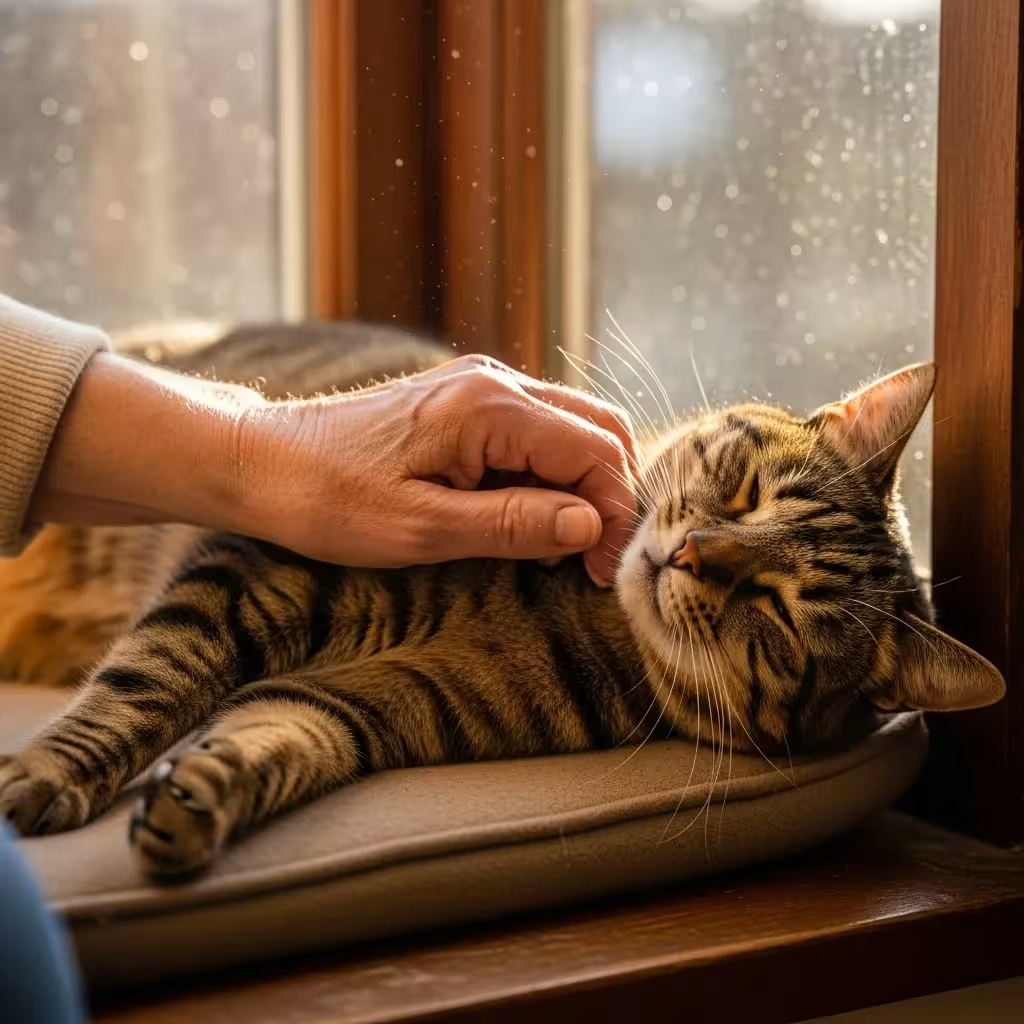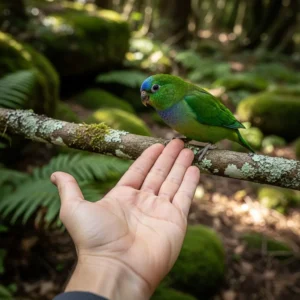
The Feline Friend: Why Cats are a Top Choice for Seniors
For many seniors, a cat is the quintessential companion animal. They are affectionate, intelligent, and possess an independent streak that makes their care manageable. Unlike dogs, cats do not require daily walks, and they are naturally fastidious about their grooming and toilet habits. This self-sufficiency makes them an excellent choice for individuals who may find strenuous physical activity challenging.
When considering a feline friend, one of the most important decisions is whether to adopt a kitten or an adult cat. While kittens are undeniably charming, they are also bundles of high energy that require constant supervision, training, and socialization. An adult or senior cat, on the other hand, often brings a settled personality and a calmer demeanor. Adopting a cat that is two years or older means their temperament is already established, allowing you to choose an animal whose energy level and social needs match your own. Many shelters even have “Seniors for Seniors” adoption programs, which pair older, calmer cats with senior citizens, often at a reduced fee.
Caring for a cat does require some physical tasks. A litter box must be scooped daily and cleaned thoroughly each week. Bending over can be difficult, but tools like long-handled scoops can make the job easier. Likewise, providing fresh food and water is a daily necessity, and raised feeding stations can reduce the need to bend down. It is also crucial to budget for routine veterinary care, which is vital for managing common age-related feline health issues such as kidney disease, arthritis, and dental problems.
Best Cat Breeds for Seniors: Temperament and Care Needs
While a mixed-breed cat from a local shelter is often the perfect choice, certain purebreds are known for temperaments that are particularly well-suited to a quieter home. Remember, these are general tendencies, and individual personalities will always vary. Focus on the individual animal’s known history and behavior over breed stereotypes.
Ragdoll: Often described as “puppy-cats,” Ragdolls are famous for their docile, placid nature. They are affectionate and enjoy being close to their people, often following them from room to room. Their low energy level makes them ideal indoor companions. Their semi-long coat is soft and less prone to matting than a Persian’s, but it still requires brushing several times a week to prevent tangles.
British Shorthair: These cats are calm, quiet, and undemanding. They are affectionate but not clingy, content to sit near their owner rather than constantly on their lap. Their short, dense coat is very easy to care for, requiring only a weekly brushing. It is important to note that, like many breeds, they can be predisposed to a heart condition called hypertrophic cardiomyopathy (HCM), making regular veterinary check-ups essential.
Birman: Birmans strike a beautiful balance between playful and placid. They are gentle, people-oriented cats that form strong bonds with their families. Their single-layer, semi-longhaired coat is silky and resistant to matting, but still benefits from combing twice a week to maintain its condition.
Persian: The Persian is the epitome of a lap cat. They are exceptionally serene and quiet, preferring a calm and predictable environment. However, their beauty comes with a significant care commitment. Their long, thick coat must be brushed daily to prevent painful mats. Additionally, their brachycephalic, or flat-faced, features can lead to health issues, including breathing difficulties, dental crowding, and eye problems. Prospective owners must be prepared for these intensive grooming and potential health needs.
Domestic Shorthair (Shelter Cat): Never underestimate the incredible companionship offered by a mixed-breed cat. Domestic shorthairs are the feline equivalent of a “mutt” and often benefit from “hybrid vigor,” meaning their diverse gene pool can make them less prone to the inherited conditions that affect some purebreds. The greatest advantage of adopting an adult domestic cat from a shelter is that the staff and foster volunteers can provide invaluable insight into the cat’s true personality, helping you find a perfect, low-maintenance match.
Essential Cat Care for a Senior’s Home
Proper care ensures a long and happy life for your feline companion. It starts with nutrition. Obesity is a major health concern for indoor cats and can contribute to diabetes, arthritis, and heart disease. Portion control is paramount.
A simple way to monitor your cat’s weight is by using a Body Condition Score (BCS) chart, which your veterinarian can provide. On a 9-point scale, a cat with an ideal BCS of 5 should have ribs that are easily felt with a light touch, but not visible, and a discernible waist when viewed from above. As a mini-example, a typical 10-pound (4.5 kg) indoor cat may only need 200-240 calories per day. This could be just a half-cup of a specific dry food. Always read the feeding guide on the package and consult your vet for a precise recommendation. Remember, treats should make up no more than 10% of their total daily calories.
Mental stimulation, or enrichment, is just as important as physical health. A bored cat can become destructive or depressed. Simple enrichment can be easily provided. A comfortable perch by a secure window allows a cat to watch birds and passersby. A food puzzle toy makes them work for their kibble, engaging their minds. Interactive playtime with a wand toy, which can be done from a comfortable chair, for just 10-15 minutes a day can satisfy their hunting instincts and strengthen your bond.
Finally, safety is a top priority. Many common household plants, like all species of lily, are extremely toxic to cats. Other hazards include human medications, cleaning products, and certain foods like onions and garlic. Keep these items securely stored away. For a comprehensive list of toxins, consult resources like the ASPCA Animal Poison Control website. It is also critical to know the signs of a veterinary emergency. If your cat is having trouble breathing, has not eaten for over 24 hours, is hiding persistently, or is straining to urinate (an immediate emergency, especially for male cats), contact your veterinarian or an emergency clinic right away.















